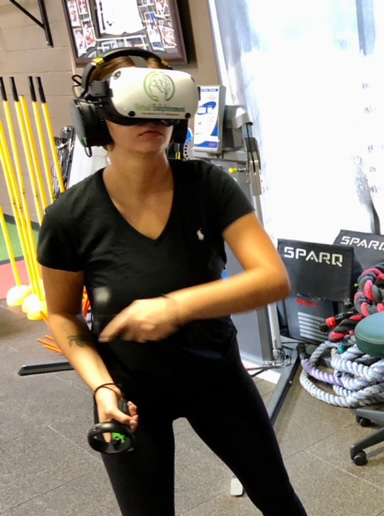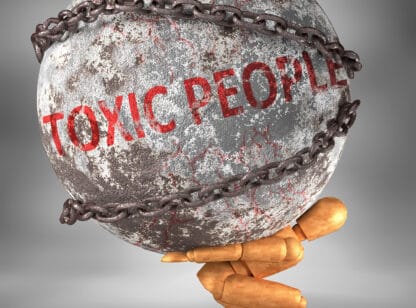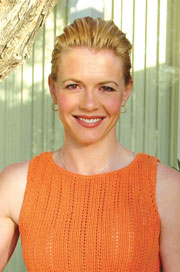For years, seeing youth athletes on their phones or playing video games for endless hours just drove me crazy. I knew it set the tone for their mood swings, depression and other health-related issues proven to stem from too much screen time and playing violent video games with their friends.
Then, there was a market for movement-based video simulating bowling, tennis, baseball and dancing. I could accept this technology as it got kids off the couch and challenged their fitness levels. Now, there is a new virtual reality-based simulation used in sports and referred to as virtual technology.
This technology has picked up steam over the last couple of years, especially with high-performance athletes. Using a headset with auditory and visual feedback, athletes navigate programs created with realistic environments needed for specific sports, allowing them to improve performance without placing them at risk of injury. The technology can be used via a head-mounted display or on large screens in a specifically designed room.
Recently, Notre Dame Quarterback Ian Book was shown practicing with a virtual system in preparation for their big playoff game against Clemson. He said it was like being placed in a very realistic environment with crowd noise and many different obstacles coming at him, which helped increase his mental focus on delivering the ball to a specific target without increasing the risk of injury. We are discovering in the sports world, and certainly in the strength and conditioning world that athletes need to improve their mental focus and deliver results without having outside distractions disrupt them. These virtual reality systems deliver the distractions in a safe environment enabling the practitioner to heighten the athlete’s mental focus to shut out those distractions and further help them achieve their goals. The nervous system adapts fairly quickly to outside stimuli, so as the athlete moves up the ranks, we change their programs, often weekly, to continually enhance focus and growth.
Virtual reality systems allow us to tap into the brain and change how an athlete might visualize and hear things that create havoc on their development. Other sports like NASCAR, soccer, basketball, baseball – even poker – from the amateur to the professional level have all used virtual reality to optimize performance; the more specific to their sport we can make it, the better they will do.
Virtual reality is also being used with seniors to help them relax, focus and enhance eye-hand coordination. It also helps people with diseases like Parkinson’s, dementia and Alzheimer’s increase memory recall and improve their interactions with others. Virtual reality is a growing and ever-changing field that seems to be making an impact on the mind and its unlimited potential.
Michael Butler is owner of Kinetix Health and Performance Center in Palm Desert and can be reached at (760) 200.1719 or [email protected]














































Comments (0)